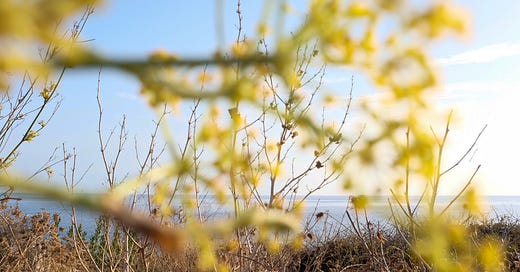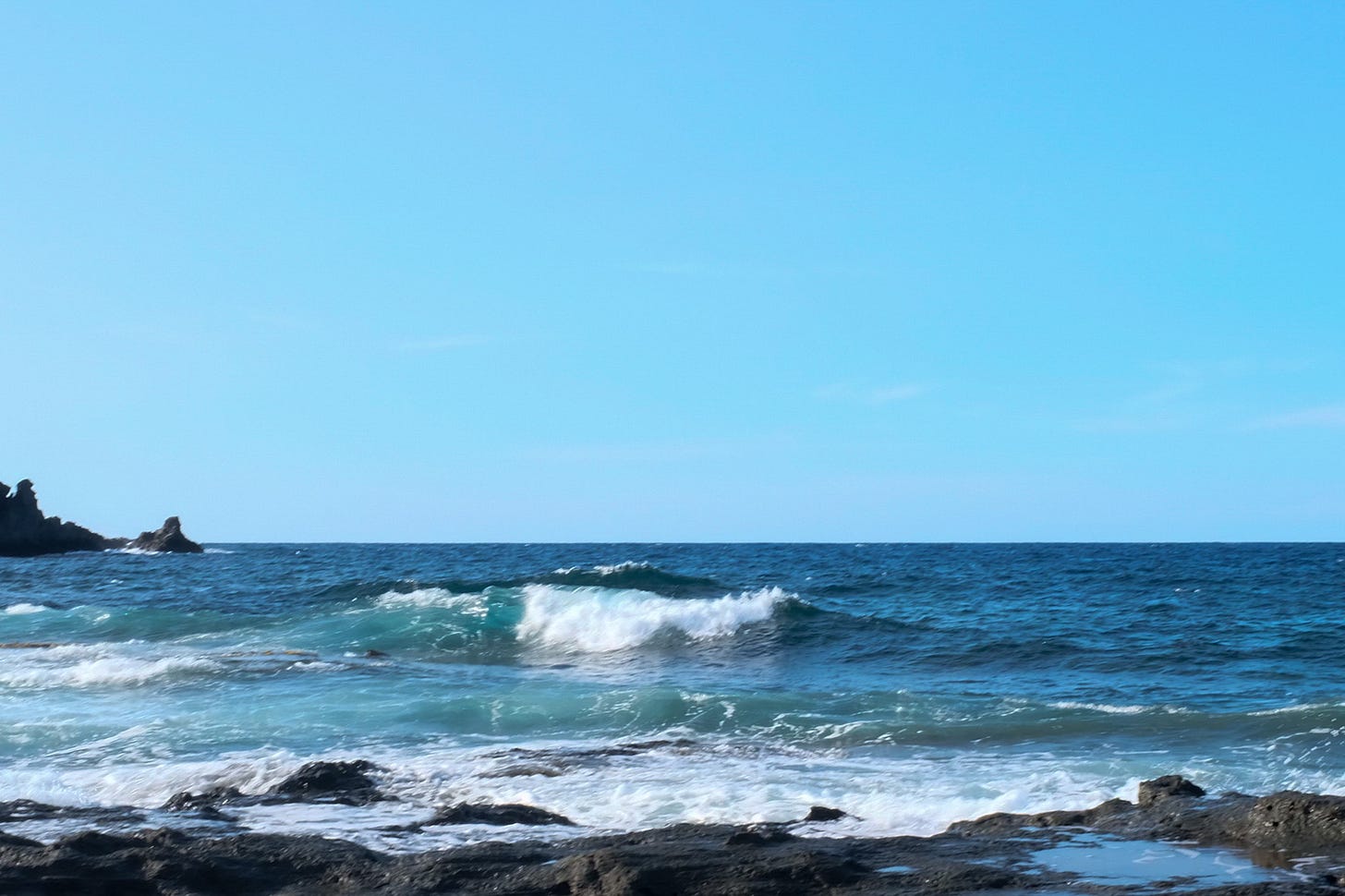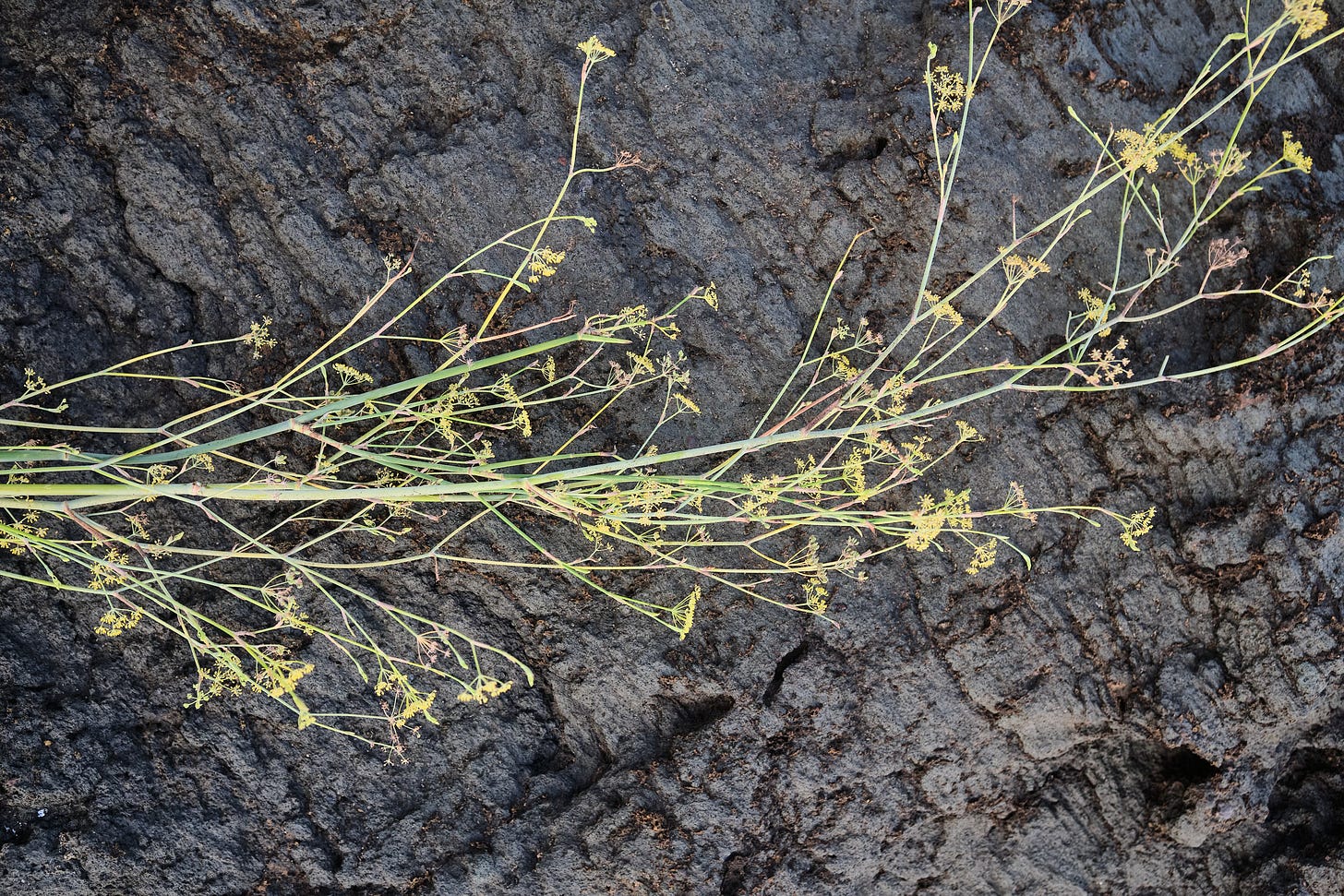Over the years, I've delved deeply into the practices and journeys of healing, both personal and collective, and found that nature whispers the wisest lessons. While nature as a healer is trending, a common phrase is, "Step out into nature and find wholeness," something is still missing in our connection to nature because we usually take more than we give back. Not just to be inspired by nature but also to feel, deeply and truly, that we are nature. I know this may seem abstract to some - it took me years to understand - but after practice and listening, it has become as natural as breath and the lens through which I write, teach, and try to live.
Healing is not just the triumph over obstacles. It is an ancient rhythm rooted in our core, echoing nature's decay and renewal cycles. I love the reference to rhythm; it removes us from discipline, linear practices, and hardcore facts. Fact-checking is only beneficial if we acknowledge that they change over the years, sometimes depending on who does the research and for whom. This is why "taking" lessons from our natural world, which has been around longer than time, allows for space, inquiry, and perspective.
What is Wholeness?
The word "healing" traces back to the Old English term halen, meaning "wholeness." It can be both the intervention and the process, sometimes an outcome, and often all three. It can unfold on many levels, including emotional, spiritual, communal, individual, environmental, and more. Yet, all these concepts, analogies, and metaphors can become rather intellectual, and add to the “stuck in the headspace” feeling. That's why I love to move them into physical practices like the fascia flows I teach.
The healing process diverges from curing or fixing. To be honest, I think I have tried most "quick fixes" over the years, and they all set me back in one way or another. Yes, we can use external tools in this process, but most come at a cost. Why pay for something when you can access what you need by inquiring?
See, it is not about swiftly moving away from an undesired state, but about gently evolving into regeneration, whatever that might be. The process is emergent and experimental, engaging the entire person: mind, body, and spirit.
Scar tissues are clusters of memories when set free
Weeds are like scar tissue. When a forest is stripped bare, the first green to return are "type one" species, the weeds. These resilient first responders cloak the wounded earth, like skin knitting itself after a cut. Their purpose isn't to transform but to protect, stitch the soil back together, and lay the groundwork for what's yet to grow.
If you've ever weeded a garden or tried to pull dandelions from a pebbled path, you know the strength of these plants.
Just as the weeds hold the soil for deeper-rooted plants and maintain the nutrients in the ground, the first healing step involves acknowledging the signs and creating boundaries like the first stubborn greens preparing the ground where new life can take hold, seeds, mycelium and microbes, the unseen network that sustains growth.
Wholesome Migration
Recovery is also movement, a migration of spirit and body. Birds spread seeds far and wide, and animals traverse landscapes, carrying new possibilities in fur and feathers. I draw from my own 'seed bank' of memories, past resilience, and moments of grace and pain to guide me through these transitions.
We don't solely mend what's broken. We tend to the wholeness of our being. Where a cure might focus narrowly on the physical or mental, healing embraces the holistic, mind, body, and spirit. It is transformative, often in ways we don't expect, reshaping us into the experience.
Each scar, whether of tissue, trauma, or spirit, tugs at the threads of our totality. A stiff neck, a sore back, a broken heart, each pulls us into a different state of “unwholeness,” yet the healing journey isn't about achieving perfection. It's about embracing the entirety of who we are, in every state, with every scar. I believe there is a memory of healing, a reservoir of what has been, and this is why I cherish my fascia flows, movements that are less about form and more about unearthing the disturbances lodged in the body's tissues, freeing the pathways. As a forest can hold the seeds of its rebirth, rings of ageing in its trunk.
We carry within us the echoes of our strengths, the shadows of our scars. These memories are more than markers of pain; they are the scaffolding and essence of a resilient self.
When born into this world, we are like complete puzzles; all the pieces are exactly where they should be. But humans have to break apart each piece to learn how to survive. We come to understand taste, scent, vision, crawling, walking, loving and hating, individuality, and society.
Flash forward a quarter of a lifetime, and we've acquired information but often lost the connection to that wholeness we were born with.
We've become fragmented. Some things might be lost forever, and you will inevitably become a different version of yourself. That change is part of growing.
Why diversity matters
A monoculture, whether in nature or life, is fragile and vulnerable to collapse without the richness of variety. Healing, like a thriving ecosystem, relies on diversity and sometimes change. No single species can sustain a forest, and not one experience or approach can hold the total weight of our healing.
A personal journey can mean balancing the drive to produce and achieve with the quieter callings of rest, reflection, and connection. In this way, healing becomes a radical act rooted in the very essence of life's cycles.
To truly heal, we must look beneath the surface, beyond the immediate, to the deeper patterns, the threads of connection, and the quiet undertones of community and continuity.
Just as cells rush to close a wound or plant pioneer in a disturbed forest, we knit ourselves into the broader tapestry of life, healing not just in isolation but in unity with the world around us.
Understanding healing as an ecological process can transform our view from survival to living. It reminds us that healing is not a solitary pursuit but a collective one, an interweaving of lives and needs, a shared journey through time and space. We can move, grow and thrive, not despite the disturbance, but because of it.






